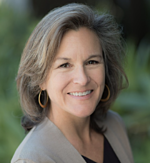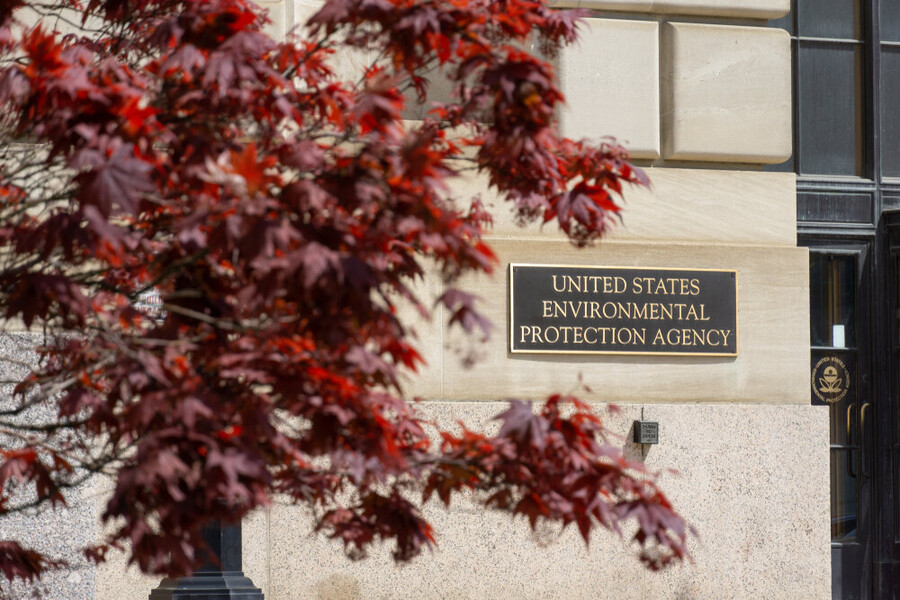This article was co-authored with Dr. Tracey Woodruff, see bios of both authors below.
Chemical pollution threatens the health of our planet and everyone who lives on it.
Despite this, the manufacture and production of chemicals has continued to increase; 350,000+ chemicals and chemical mixtures registered worldwide have led to extensive and disproportionate exposures, and generations of children being born pre-polluted.
In the United States, the 1976 Toxic Substances Control Act (TSCA), called “one of the most important pieces of 'preventive medicine' legislation" ever passed by Congress, was the primary legal authority to reduce harmful chemical exposures. Unfortunately, the law and its implementation were ineffective, causing state and local jurisdictions to create a patchwork of gap-filling regulations. This set up the most recent significant shift for our work in US chemical policy, the 2016 amendments to TSCA via the Frank Lautenberg Chemical Safety for the 21st Century Act.
An opportunity for progress
In the 40 years between enactment of TSCA and its 2016 amendments, the Environmental Protection Agency (EPA) regulated fewer than 10 of the 86,000+ chemicals on the market; amended TSCA promised an immense opportunity to fix the mistakes of the past and protect the public’s health.
Amended TSCA requires that EPA evaluate chemicals on a specific schedule, account for risks to “potentially exposed or susceptible subpopulations” like children, pregnant people, and workers, use the “best available” science, and determine if a chemical poses an “unreasonable risk” without considering cost. However, the 2016 law preempts states from taking action on chemicals evaluated by EPA and leaves many decisions related to the specifics of implementing up to EPA, leaving it vulnerable to political interference and scientific integrity concerns.
For example, under amended TSCA, the industry is not required to provide data on the health effects for chemicals already on the market, and new chemicals have limited review. This is unlike the European Union, where every chemical on the market must provide a minimum data set of health effects information order to stay on the market.
Scientists for policy change
Following the goals laid out in the CHE/UCSF Summit described below, the Program on Reproductive Health and the Environment (PRHE) has been engaged in the implementation of amended TSCA as the primary public policy that influences exposures to toxic chemicals in the U.S.
We have submitted dozens of scientific public comments with hundreds of collective signatures, publishing manuscripts analyzing the law and its impacts, and developing actionable recommendations for EPA. As such, we have five scientific principles for hazard and risk assessment to guide our work to make chemical policy incorporate the most up to date science and account for real-world risks and protect public health for years to come.
To do this decision-makers must:
- Make manufacturers pay for data collection on the chemicals they currently or will produce
- Stop treating a lack of data like a lack of hazard, exposure, or risk
- Better identify and protect populations disproportionately exposed and/or more susceptible to harmful chemicals
- Not assume a “safe” or “no-risk” level of chemical exposure in the diverse general population
- Evaluate and account for conflicts of interest in risk and hazard assessments
The goals of environmental laws and policies like amended TSCA often aspire to protect health, but to date it has fallen short of ensuring equitable, socially just safeguards.
"Shaping our Legacy"
In 2007, a CHE/UCSF Summit brought together 400+ scientists, clinicians, policy makers, media, NGO/community groups to set a visionary agenda for addressing environmental threats to health.
The “Shaping our Legacy” plan developed there nearly 20 years ago still guides our work today — creating research to answer pressing environmental health questions, translating science into improved clinical care, and supporting policy that addresses health and health equity. The summit also launched our organization. CHE was and still is an integral connector for those of us in the scientific/clinical/health environmental space who are working to transition from a society that treats chronic disease to one that prevents it.
If EPA fails to correct its mistakes, it will continue to underestimate risk, recreating the same inefficiencies as the original law and continuing to endanger our health and our environment for years to come. We deeply value our collaboration with CHE and other partners to support using the best science to protect communities disproportionately exposed to toxic chemicals and ensure that we can all live our healthiest lives.
Co-authors
Swati Rayasam, MSc has been one of the leads on PRHE's team ensuring EPA's implementation of TSCA protects the health of communities disproportionately impacted by toxic chemical pollution, such as incarcerated people, people with disabilities and BIPOC communities. She has expertise in federal and international policy, exposure science, community-guided science, scienc translation/communication, toxics, infectious disease and water, sanitation and hygiene (WASH).
 Tracey Woodruff, PhD, MPH is a UC San Francisco Professor of Reproductive Science, and Director of PRHE. She has produced seminal research on how chemicals and pollutants impact health, pregnancy, and child development, including the first international study to document the effects of air pollution and preterm birth and the first to document toxic chemicals in pregnant women and newborns. A national expert in chemical and regulatory policy, Dr. Woodruff was a senior scientist and policy advisor for the U.S. EPA’s Office of Policy prior to joining UCSF.
Tracey Woodruff, PhD, MPH is a UC San Francisco Professor of Reproductive Science, and Director of PRHE. She has produced seminal research on how chemicals and pollutants impact health, pregnancy, and child development, including the first international study to document the effects of air pollution and preterm birth and the first to document toxic chemicals in pregnant women and newborns. A national expert in chemical and regulatory policy, Dr. Woodruff was a senior scientist and policy advisor for the U.S. EPA’s Office of Policy prior to joining UCSF.
Related resources
Poll: Voters agree on need for more protection from chemicals (PRHE press release, 2022)
Suspect screening, prioritization and confirmation of environmental chemicals in maternal-newborn pairs (CHE webinar, 2021)
Shaping Our Legacy: Reproductive Health and the Environment (Report on the 2007 CHE/UCSF Summit on Environmental Challenges to Reproductive Health & Fertility, 2008)
This article initially appeared in the San Francisco Marin Medical Society Journal, in a special section honoring CHE's 20th year.

